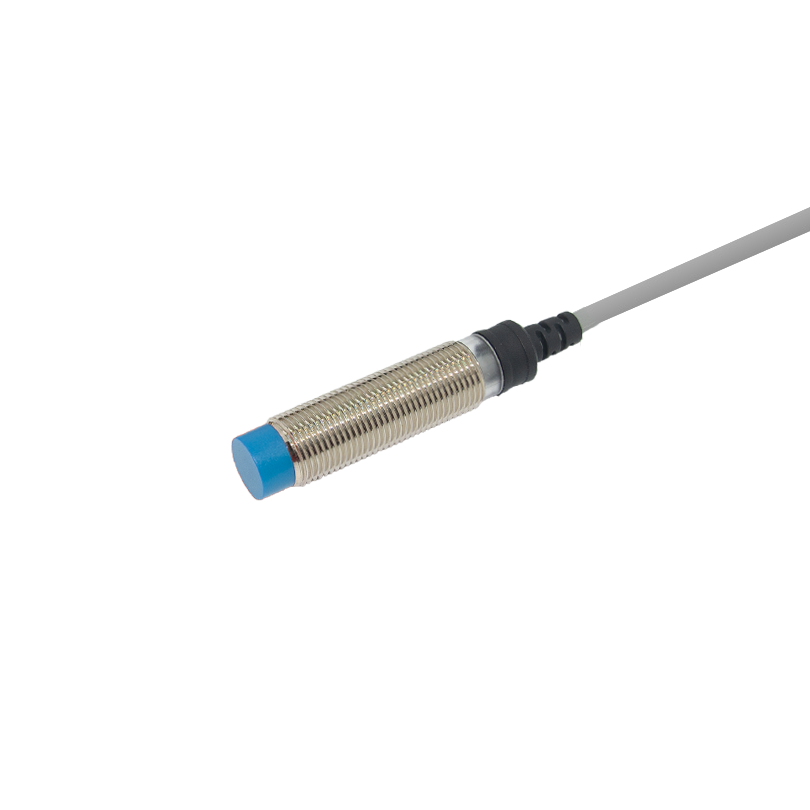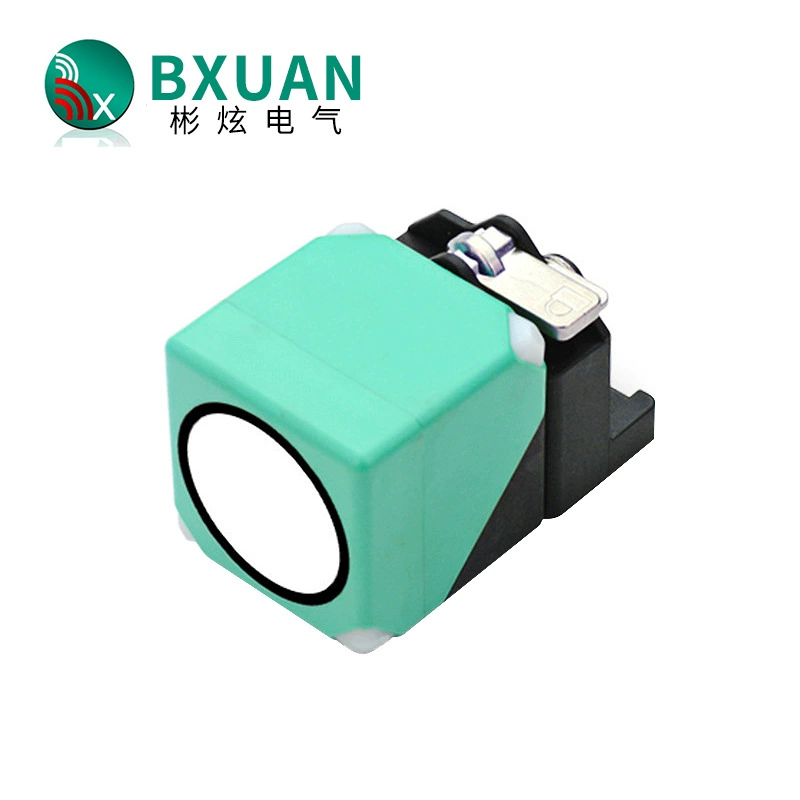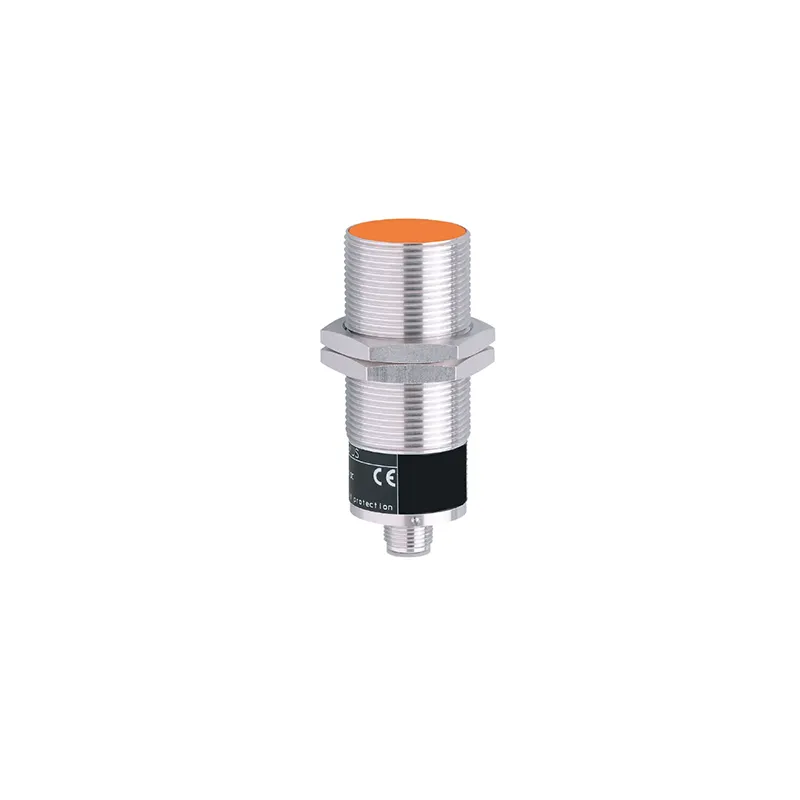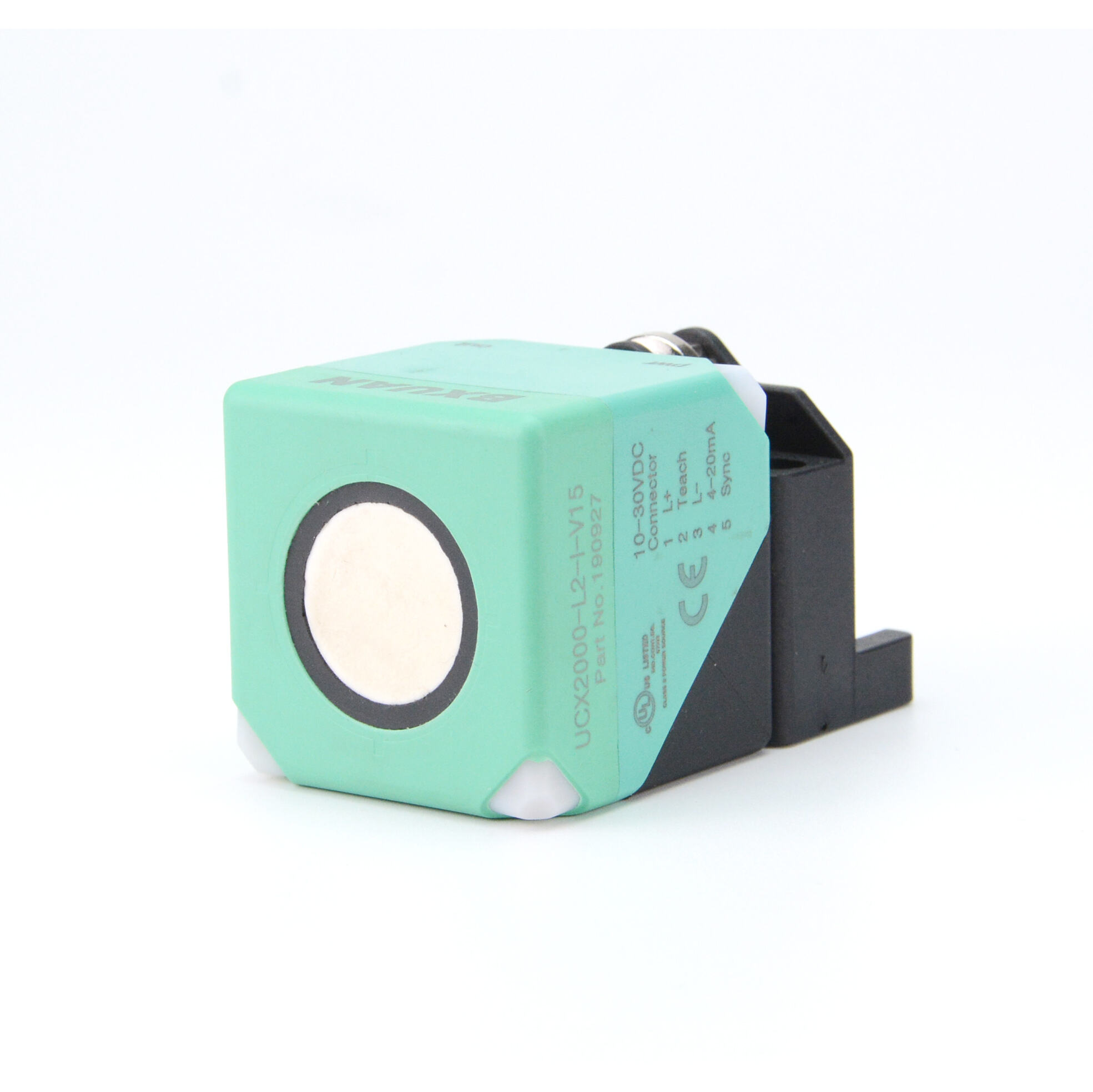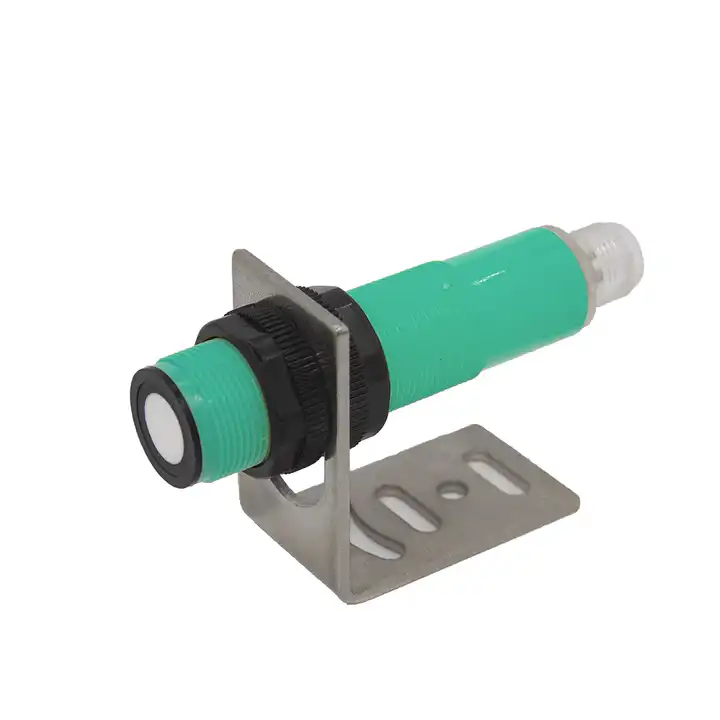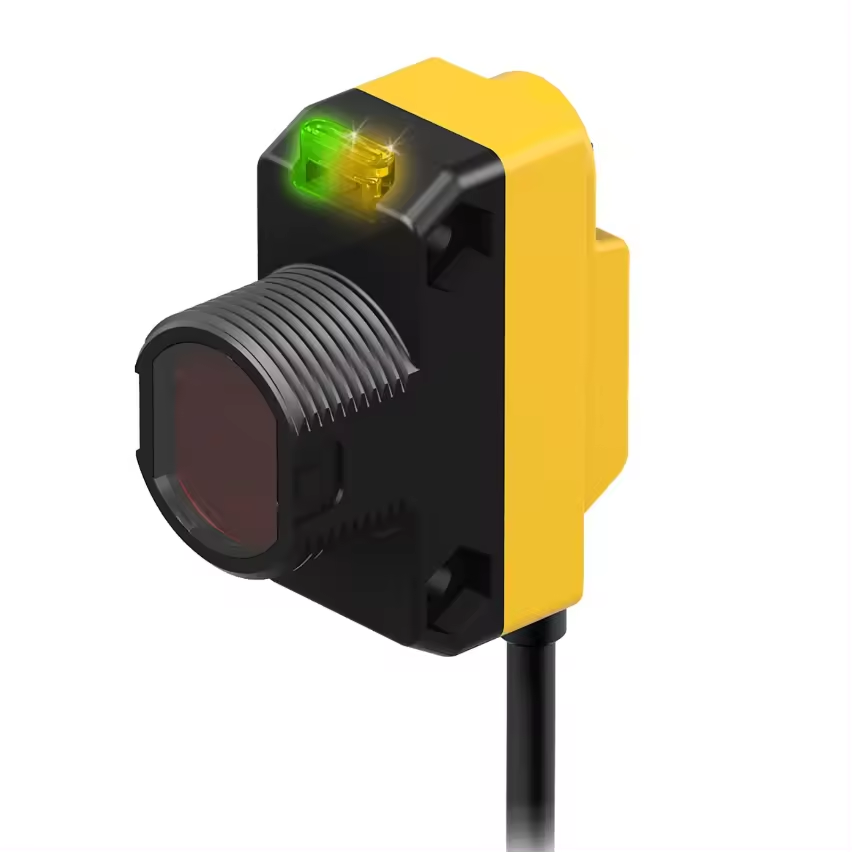Versatile Integration and Communication Capabilities
The ultrasonic sensor's integration capabilities showcase its adaptability to modern industrial requirements. The device comes equipped with standard industrial communication protocols, including 4-20mA output, HART protocol support, and digital interfaces such as Modbus RTU or RS485. This comprehensive connectivity suite enables seamless integration with existing SCADA systems, PLCs, and other industrial control equipment. The sensor's programmable parameters allow for customization to specific application requirements, including adjustable measurement ranges, response times, and alarm thresholds. Built-in diagnostic features provide continuous monitoring of sensor health and measurement quality, enabling predictive maintenance and reducing system downtime. The ability to configure and monitor the sensor remotely through digital interfaces enhances operational efficiency and reduces the need for physical access to the installation location.

